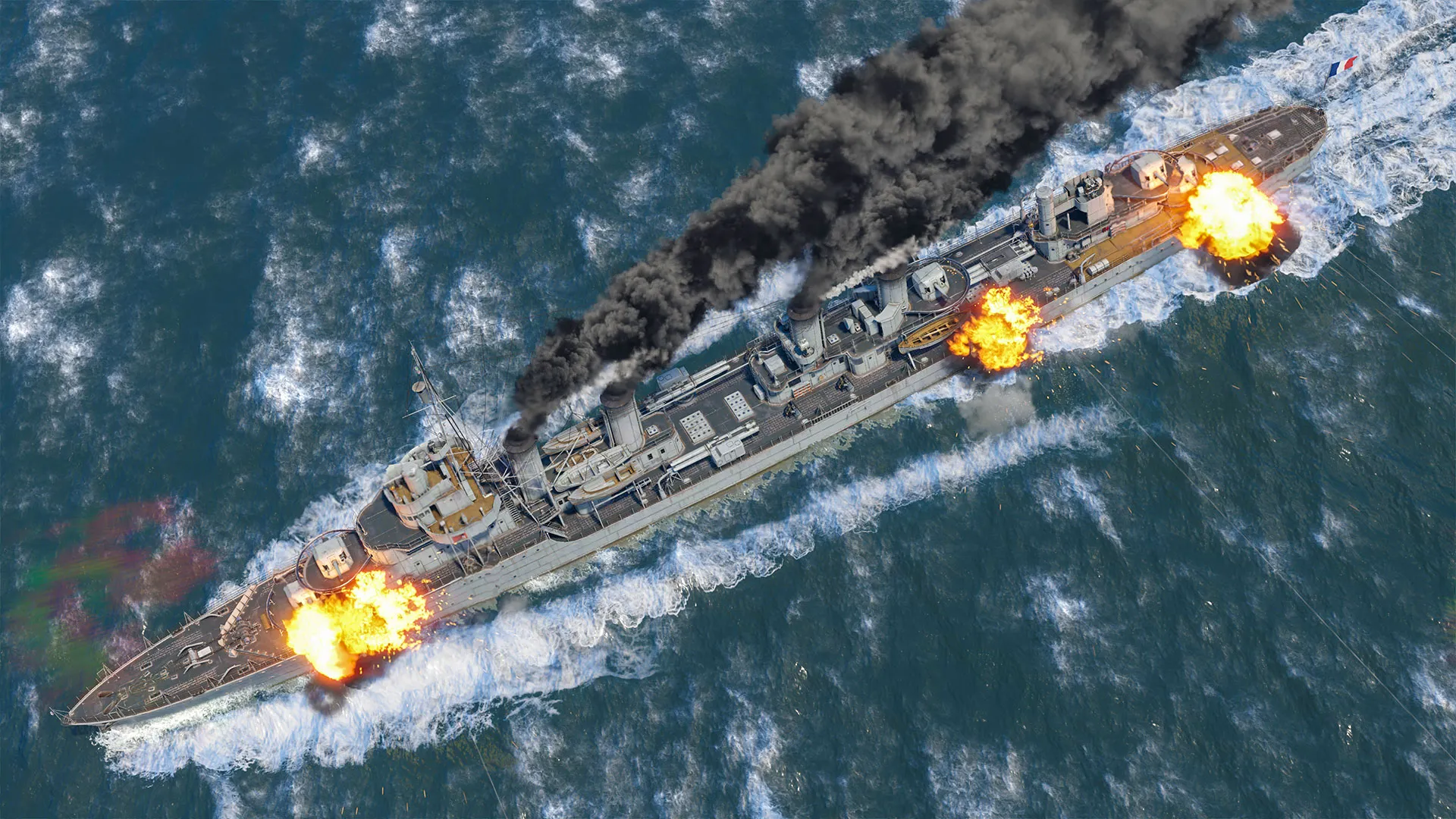In the vast and byzantine world of War Thunder, soaring to success is an ambition harbored by many but realized by a select few. The path to victory in this detailed combat simulator, where historical accuracy meets unbridled combat fervor, is strewn with the remains of those who dared without preparation. Mastery over your machine, be it a steel-clad behemoth or a warbird slicing through the skies, demands more than just a cursory understanding of controls. It’s about tactic, teamwork, and a keen sense of the battlefield dynamics that can turn the tide of war in your favor. Let’s embark on a comprehensive journey through War Thunder: The Path to Victory, dissecting each element crucial for dominance in this digital combat zone.
Developing a Winning Plan
At the heart of every victorious campaign in War Thunder lies a well-thought-out tactic. Unlike your average shooter, where reflexes often reign supreme, War Thunder demands a blend of quick thinking and strategic foresight. A winning tactic starts with recognizing the strengths and limitations of your selected vehicle, be it the agility of a fighter aircraft or the brute force of a heavy tank. But beyond your own machine, understanding the combined capabilities of your team’s composition can help carve a path to victory.
Adapting your technique based on the evolving battlefield situation is quintessential. For instance, in a game mode like Domination, securing and holding control points demands a completely different approach than what you’d employ in a Deathmatch setup. Align your vehicle choice and combat role with the team’s needs, whether it means conducting swift aerial strikes to disrupt the enemy’s ground forces or holding the line with a steadfast tank.
Understanding Battle Ratings
The crux of matchmaking in War Thunder revolves around the concept of Battle Ratings (BR). This system ensures that engagements are as balanced as possible, matching vehicles of similar combat effectiveness against each other. Understanding BR is vital for not only facing equitable adversaries but also for crafting a lineup that gives you a strategic edge. A common pitfall for many neophytes is plunging into battles with a single high-BR vehicle followed by lower-rated backups. This approach can lead to a situation where, upon losing your primary vehicle, you’re left at a significant disadvantage for the remainder of the match.
Venturing into combat with a well-balanced lineup allows for a more versatile and sustained contribution throughout the engagement. Moreover, mastering vehicles across different BRs and nations can provide you with insights into various combat styles and strategies, enriching your overall gameplay experience.
Map Awareness and Tactics
The theater of war in War Thunder is as diverse as it is deadly. From the sun-scorched sands of North Africa to the frigid expanses of the Russian front, each map offers unique strategic opportunities and challenges. Map awareness extends beyond simply knowing the terrain. It’s about understanding key control points, sniping positions, ambush spots, and the most efficient routes for advancement or retreat.
Stealth and surprise play pivotal roles in many engagements. Use the terrain to shield your advance or create an ambush for unwary foes. Airborne combatants should pay heed to sun positioning and cloud cover, using these natural elements to mask their approach or evade enemies. Ground forces should familiarize themselves with the cover and concealment options available, leveraging destructible environments to create new pathways or eliminate cover for the opposing forces.
Vehicle Roles and Responsibilities
Every vehicle in War Thunder has a role to play, a niche that, when properly executed, can significantly contribute to the team’s success. Recognizing and fulfilling your role is paramount. For tankers, understanding the nuances between light, medium, heavy tanks, and tank destroyers dictates your engagement technique. Light tanks, with their speed and agility, are perfect for flanking maneuvers and capturing points, while heavy tanks can absorb and dish out significant punishment, acting as the team’s spearhead.
Pilots must also attune to their aircraft’s strengths. Fighters are the sentinels of the skies, tasked with securing air superiority, while bombers and ground-attack planes deliver devastating payloads to ground targets, necessitating a coordinated effort with ground forces to maximize destruction and disarray within enemy ranks.
Effective Communication and Teamwork
War Thunder is not a lone wolf’s domain. Success is often the result of synchronized team efforts, where communication plays a critical role. Utilizing the game’s communication tools, be it quick messages or voice chat, can significantly elevate your team’s situational awareness and coordination. Calling out enemy positions, requesting air support, or coordinating attacks can turn the tide of battle in your favor.
In matches where teamwork reigns, forming squads with friends or like-minded players can provide a considerable advantage. Not only does it improve communication but also enables complex strategies that can be difficult to execute with random teammates. A well-coordinated squadron can simultaneously strike multiple objectives, conduct feints to draw enemy attention, and set up ambushes that leave adversaries reeling.

